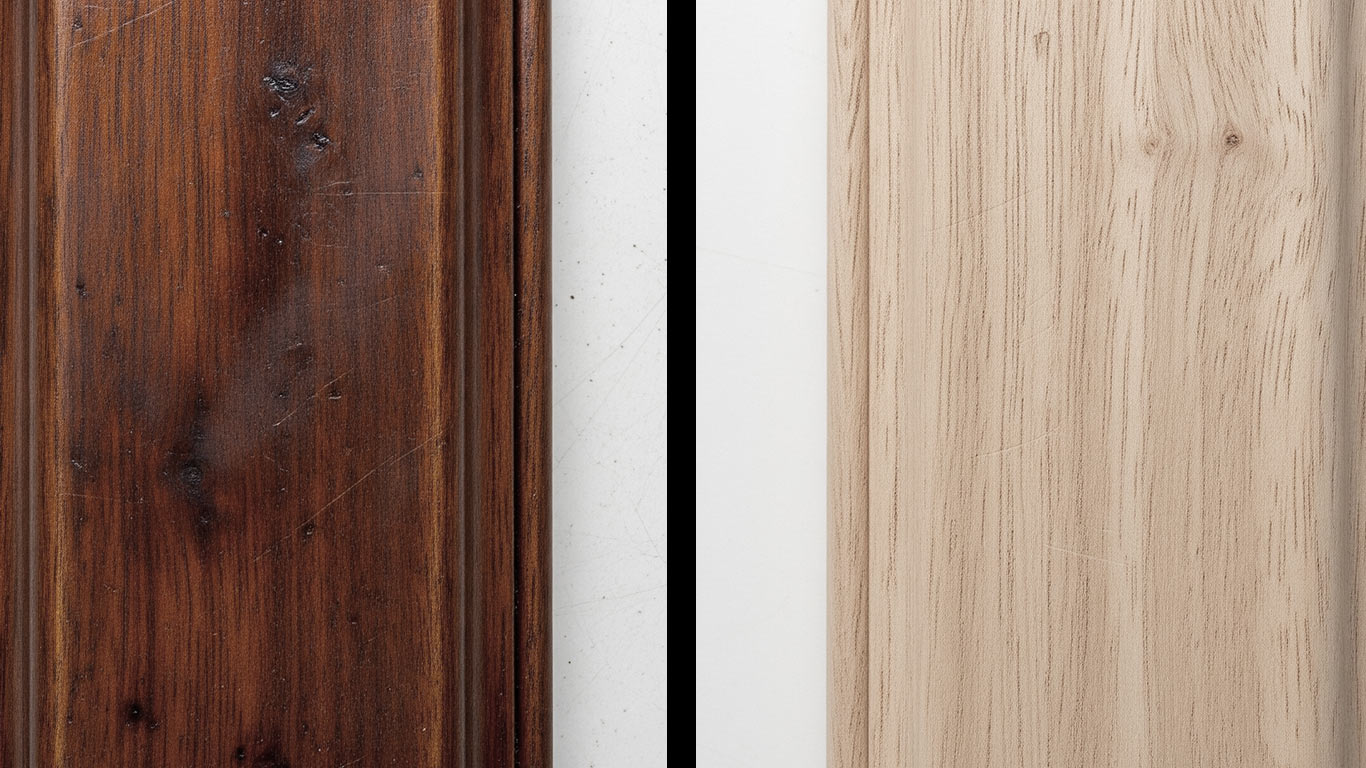
FDA
FDA 21 CFR 1040.10 - Laser Product Performance Standards



When cleaning mahogany surfaces, leverage its inherent corrosion resistance to guard against moisture damage in marine and architectural applications while upholding the wood's structural integrity
At 1000x magnification, the mahogany surface shows dark spots and fine dust layers covering the wood fibers. Grime clings tightly to the uneven texture, blocking the natural grain patterns below. Contaminants create a rough, mottled appearance across the entire area.
After laser treatment at 1000x magnification, the surface reveals clear, exposed wood fibers without any residue. The grain patterns emerge smoothly, restoring the material's original even texture. Cleaning removes all visible dirt, leaving

FDA 21 CFR 1040.10 - Laser Product Performance Standards

ANSI Z136.1 - Safe Use of Lasers

IEC 60825 - Safety of Laser Products

OSHA 29 CFR 1926.95 - Personal Protective Equipment

EPA Clean Air Act Compliance

CITES Regulations for Sustainable Mahogany Use